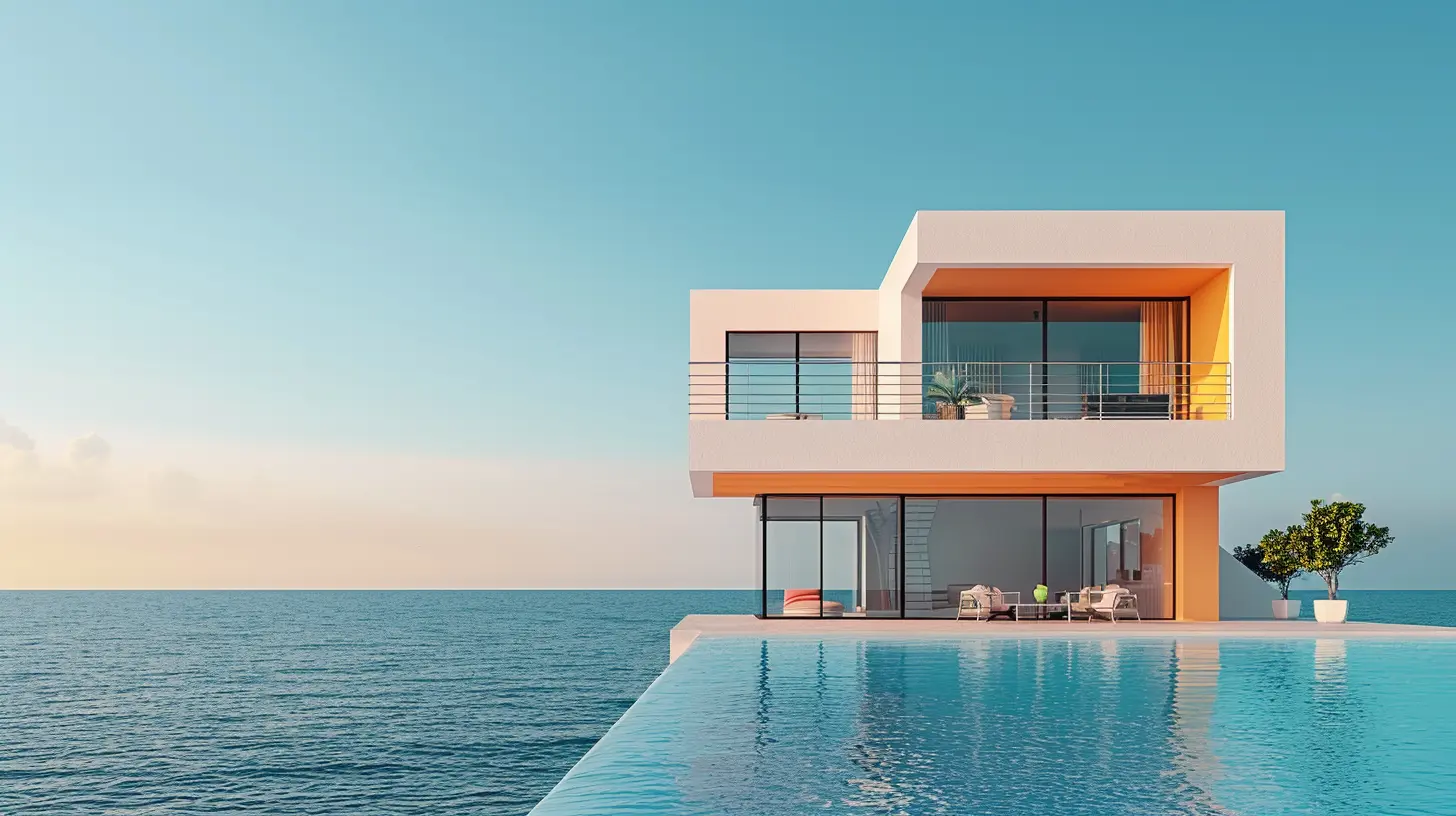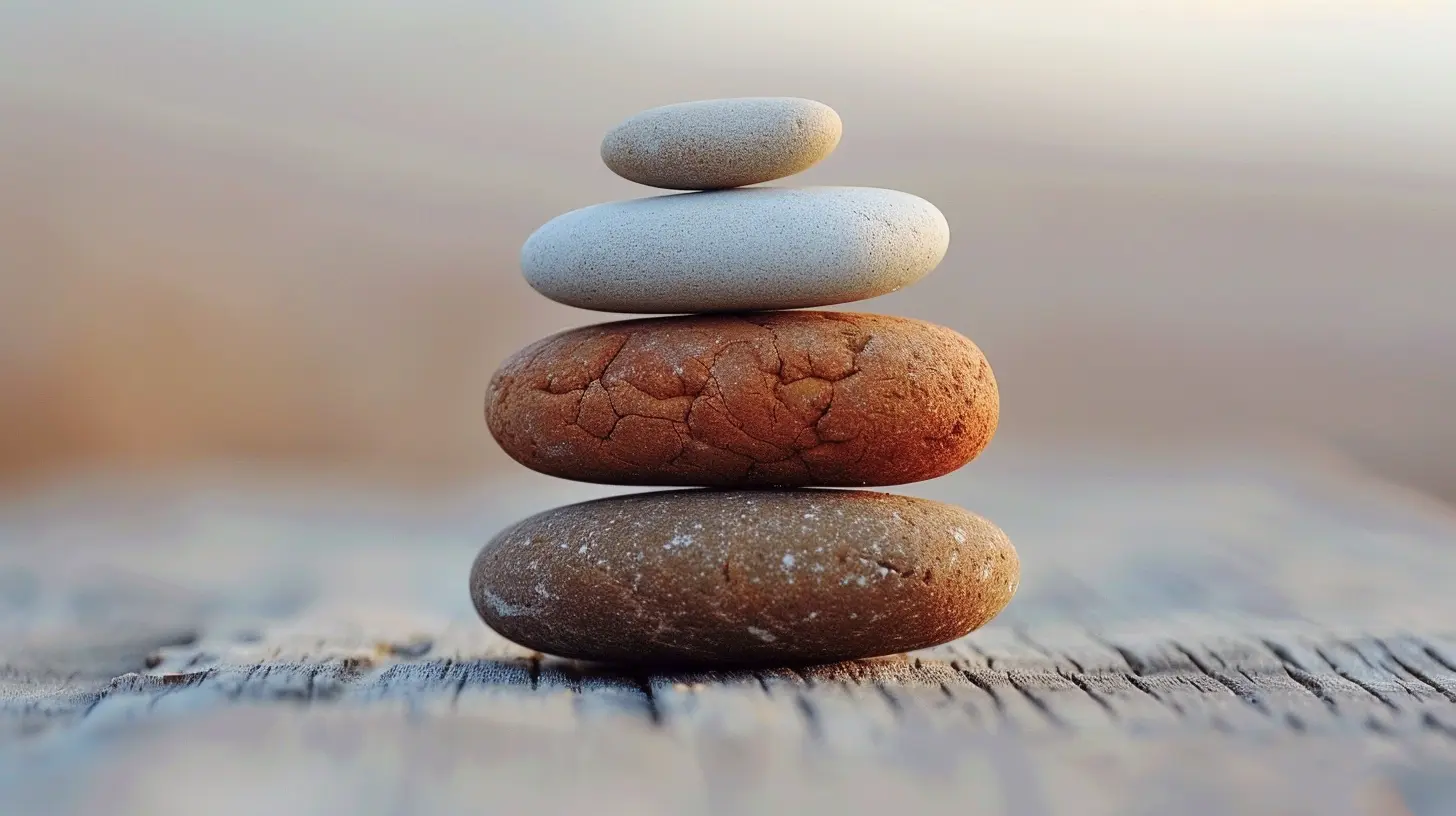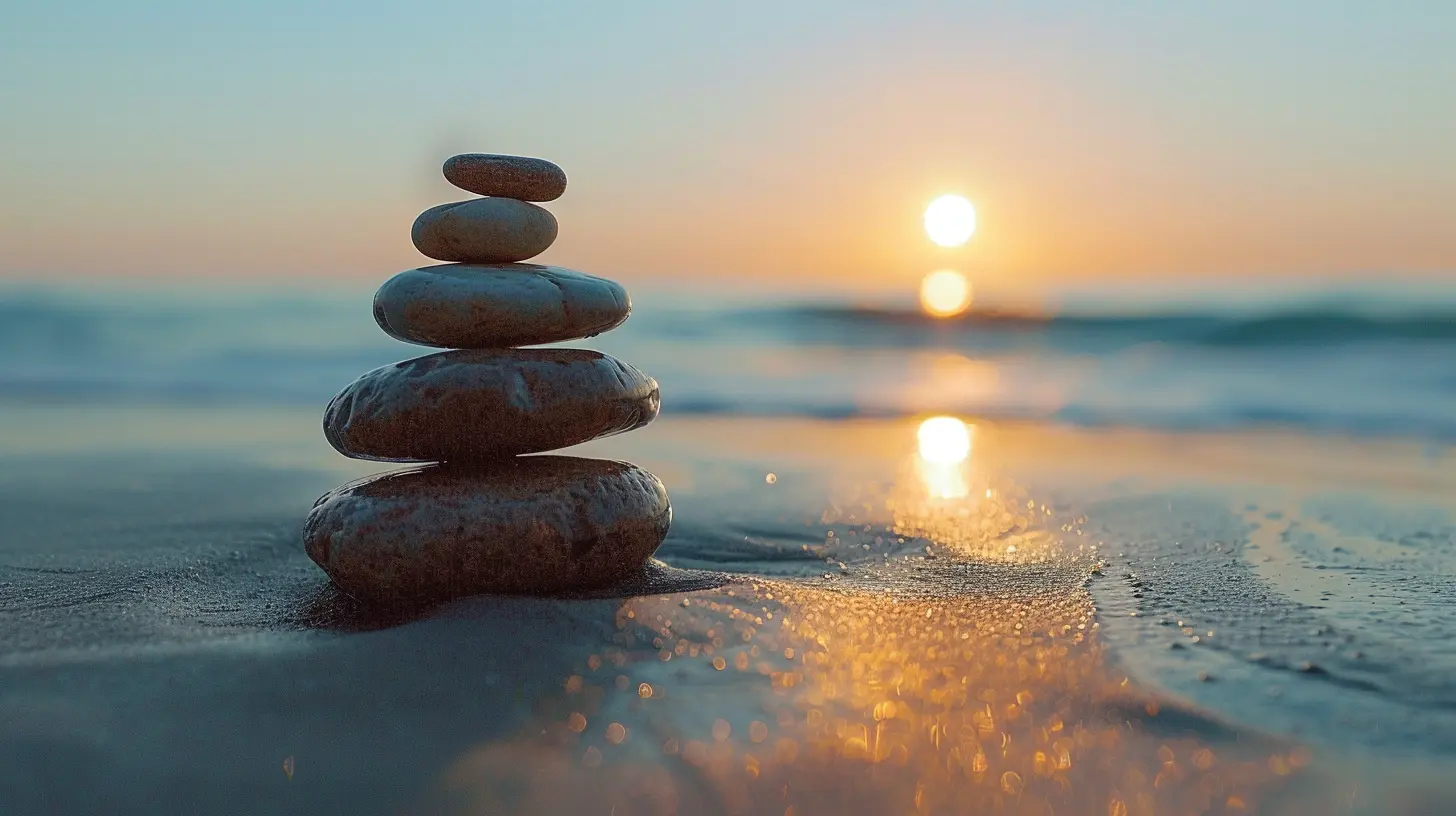How Minimalism Can Help You Live Debt-Free
23 June 2025
Have you ever looked around your home and felt overwhelmed by... well, stuff? Or maybe your credit card statement arrives, and your gut twists, wondering where your money went? If that sounds even vaguely familiar, this article might just be your wake-up call.
Here’s the thing—we’re living in a world that tells us we need more. More clothes. More gadgets. Bigger houses. Faster cars. But all that "more" often leads to one thing: more debt. That’s where minimalism comes in.
Minimalism isn’t about living in an empty room with one chair and a toothbrush. It's about clearing out the excess so you can focus on what truly matters. And guess what? That shift in mindset can radically change your financial life. Let’s break it down.
What Is Minimalism, Really?
Minimalism isn’t just a design trend featuring white walls and succulents. It’s a lifestyle. It’s about intentionally simplifying your life by cutting out what doesn’t add real value. Whether it's physical clutter, emotional baggage, or financial obligations—you learn to let go of the unnecessary.Think of minimalism as Marie Kondo meets your bank account. If it doesn't spark joy or financial peace? It’s probably time to let it go.
The Debt Trap: How Consumerism Keeps You Hooked
Before we dig into how minimalism helps you ditch debt, let’s talk about how you probably got there in the first place. Enter: consumer culture.We’ve been conditioned to think our happiness lives in shopping bags. New car? You deserve it. Fancy vacation? Put it on the card. A phone upgrade even though your current one works fine? Why not.
But all these choices stack up—and not just in your closet. They build financial pressure. You end up financing a lifestyle you can’t actually afford. Cue the debt spiral.
How Minimalism Can Be a Financial Game-Changer
So, how exactly does minimalism help you live debt-free? Let's unpack the benefits one step at a time.1. You Spend Less (Naturally)
When you adopt a minimalist mindset, your default shifts from “I want it” to “Do I actually need it?”Instead of grabbing the latest tech toy or buying clothes you’ll wear once, you pause and ask, "What value does this bring to my life?" That tiny habit saves you thousands over time.
It’s like giving your bank account a breather. Less temptation = fewer impulse buys = more money in your pocket.
2. You Free Up Cash To Pay Off Debt
Minimalism isn't only about stopping new spending—it's about cutting existing costs. Downsizing your home, canceling unused subscriptions, driving a reliable but modest car—these all save money you can redirect towards debt.The money you used to spend on stuff starts working for you instead of against you.
3. You Eliminate Emotional Spending
Ever heard of retail therapy? We've all been there. Bad day? Go shopping. Bored? Buy something.But here’s the kicker—emotional spending is a short-term fix with long-term damage. Minimalism encourages mindfulness. You become more aware of your motivations. You stop using purchases as a band-aid, and start addressing the real issues.
The result? Your credit card finally gets a break.
4. You Make More Intentional Financial Decisions
Minimalism shifts your focus from stuff to experiences, from clutter to clarity. That kind of clarity spills right into your financial life.Suddenly, you're setting goals: paying off student loans, saving for a down payment, building an emergency fund. You become the boss of your money—not the other way around.
Real-Life Minimalist Money Moves You Can Try
Okay, great—you get it. Minimalism can help with debt. But what does that actually look like in the real world? Let’s get practical.Declutter and Sell What You Don’t Need
One of the first things minimalists do is declutter. Go through your stuff. Be ruthless. Clothes, electronics, furniture—if you don’t use it or love it, sell it.You’d be surprised how much cash is sitting in your closet. Use the money to pay off a credit card or pad your emergency fund.
Embrace the “One In, One Out” Rule
Every time you bring something new into your home, something else must go. Bought a new pair of shoes? Pick one to donate or sell. This forces you to think twice before buying.It’s a mini-barrier that helps curb the “buy now, regret later” cycle.
Try a No-Spend Challenge
Can you go a whole week—or even a month—without spending on non-essentials? It’s tougher than it sounds, but incredibly eye-opening.You start to realize just how much spending comes from boredom or habit.
Choose Quality Over Quantity
Minimalism doesn’t mean being cheap. In fact, it means being smart with your money. Buy high-quality items that last longer than trendy, poorly made alternatives.Yes, that might mean a higher upfront cost. But over time, it saves you thousands and reduces clutter.
Let’s Talk About Minimalist Budgeting
Now that you're cutting back on spending, what do you do with the extra cash? Enter: the minimalist budget.Only Budget for What Truly Matters
Strip your budget down to its core. Essentials, goals, and a few joys—that’s it. No fluff. No wasted categories.You might organize it into:
- Needs (housing, bills, food)
- Goals (debt repayment, savings)
- Joys (a small amount for things that make you happier)
This helps you stay aligned with your values while still enjoying life.
Use Cash Envelopes or Digital Tracking
Minimalist budgeting is simple—but powerful. Try using cash envelopes for different categories so you physically feel your spending. Or use a tracking app to stay on point. Awareness is key.You don’t need a 10-page Excel sheet. Just clear visibility.
The Debt-Free Journey Gets Easier (and Quicker)
Staying out of debt is hard when you keep falling into spending traps. But when you embrace minimalism, your expenses shrink. Your financial goals get clearer. Your progress speeds up.You start to realize: the less you need, the wealthier you feel.
Being debt-free isn’t about making more—it’s about needing less.
It’s Not About Deprivation, It’s About Freedom
Let’s bust a myth here. Minimalism = giving everything up and living like a monk?Nope.
Minimalism is about choosing carefully. You don’t stop buying everything. You stop buying crap you don’t need. That’s a huge difference.
It’s not about saying “no” all the time, but saying “yes” to the right things—like peace of mind, financial stability, and actual joy.
Final Thoughts: Minimalism Isn’t a Trend, It’s a Lifeline
If you’re drowning in debt and don’t know where to start, minimalism could be the life raft you didn’t realize you needed. It’s not magic, but it’s close—it radically shifts how you see your stuff, your money, and even yourself.Start small. Clean out a drawer. Skip that impulse buy. Cancel a subscription.
Each small step adds up. Before you know it, you’re not just decluttering your home—you’re decluttering your debt.
You’ve got this.
all images in this post were generated using AI tools
Category:
Debt Free LivingAuthor:

Knight Barrett
Discussion
rate this article
2 comments
Erin McDonough
This article beautifully captures the essence of minimalism. Simplifying my life has truly transformed my finances and brought me peace. Thank you!
October 7, 2025 at 2:38 AM

Knight Barrett
Thank you for your kind words! I'm thrilled to hear that minimalism has positively impacted your life and finances.
Julia Rodriguez
Embracing minimalism truly transforms your relationship with money. It not only simplifies life but also paves the way to financial freedom. Thank you!
July 1, 2025 at 4:35 AM

Knight Barrett
Thank you for your thoughtful comment! I'm glad you found the connection between minimalism and financial freedom valuable.


